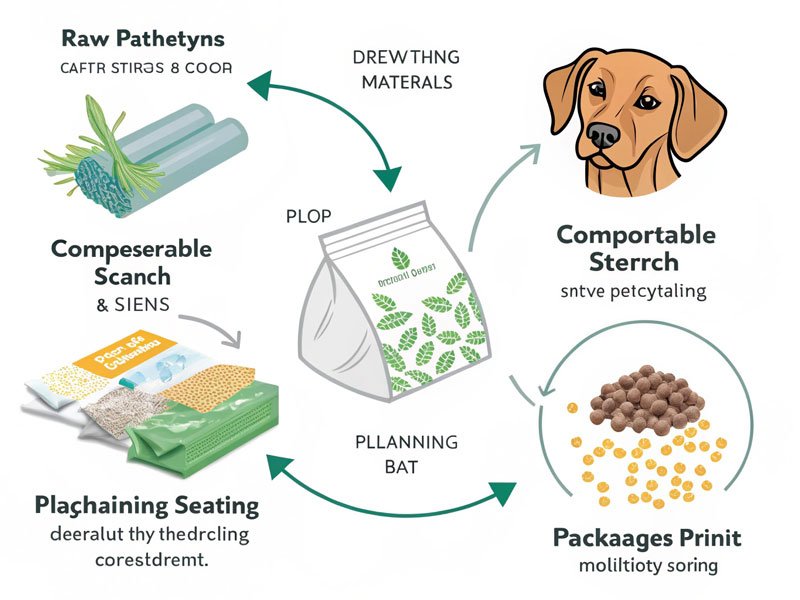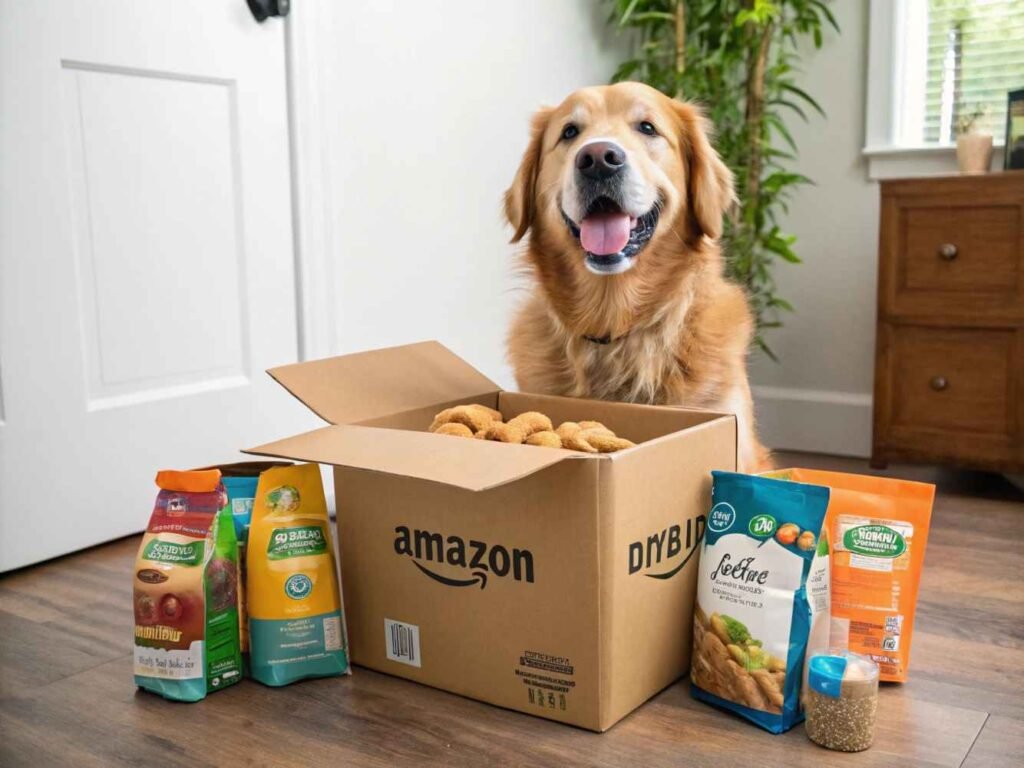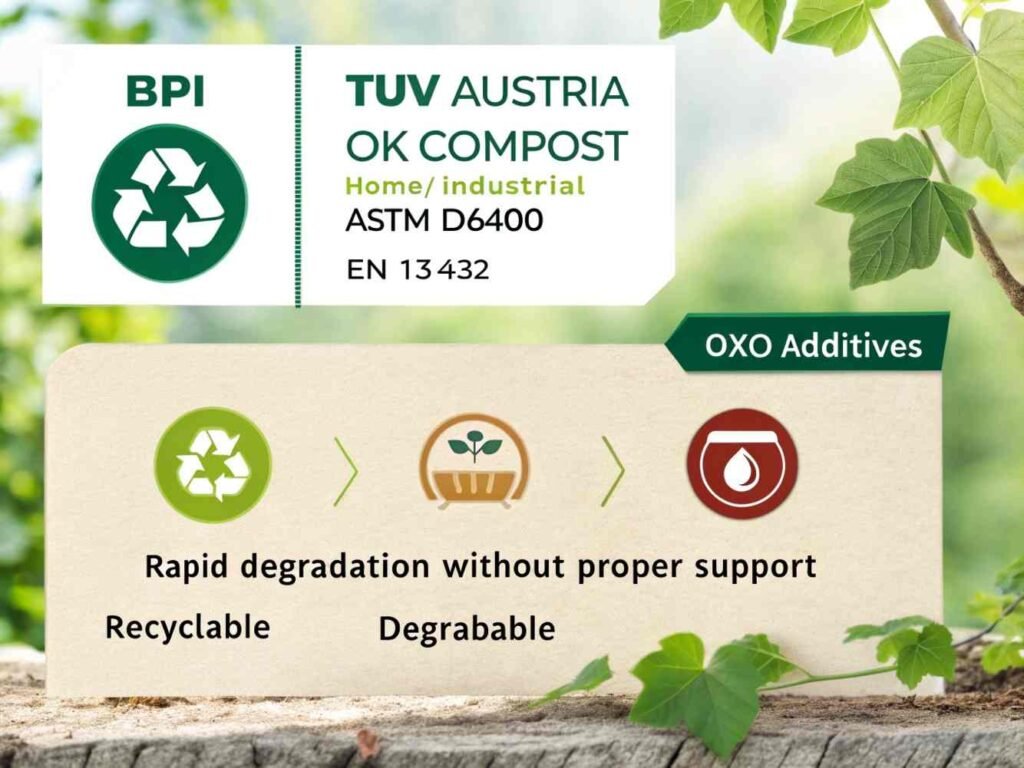Many people simply throw their dog poop in a paper or plastic bag and throw it in the trash. However, with the rise of environmental awareness, there are even special bags for dog poop. Amazing!
This article will guide you through the world of dog poop bags, introducing different types of bags, explaining what "eco-friendly" means in the world of pet waste, and how to choose the right dog poop bag to help you become a truly savvy dog owner.

What Dog Poop Bags Are Called
Many people don't know how to search for dog waste bags online or in stores. Dog poop bags are often called poop bags, dog waste bags, or pickup bags.
Here's a list of the most common terms you'll encounter:
- Dog Poop Bags: This is the most common and casual term.
- Dog Waste Bags: Mostly used by manufacturers and retailers.
- Pet Waste Bags: This includes waste from cats and other pets, but is often used interchangeably.
- Pickup Bags / Pick-Up Bags: This describes the function of the bag.
- Sanitary Bags: This emphasizes the hygienic aspect of the product.
- Doggie Bags: This usually refers to a container used to take leftovers home from a restaurant. Don't use this term casually.
If you search “dog poop bags” on Amazon or ask a pet store employee where “poop bags” are, they’ll know exactly what you mean.
The Meaning of Different Terms
The various terms represent different marketing approaches. Understanding the nuances can help you make informed product choices.
- Common Commercial Terms: "Dog Waste Bags" and "Pet Waste Bags" are industry standards. They sound more professional and sanitary, which is why brands like Earth Rated and Pet N Pet use them on their packaging.
- Functional Terms: Names like "Pickup Bags" or "Sanitary Bags" focus on the bag's purpose—safely and cleanly picking up and storing feces. They emphasize the practical benefits to the user.
- Colloquial Terms: "poop bags," a more colloquial term we often use in everyday life, are straightforward and are what most people type in Google searches.
Despite the various terms, they all represent the same product. Understanding these different terms can help you better understand the product's function, materials, and design.

How to Choose the Right Dog Poop Bag
With so many options on the market, choosing can be a daunting task. Here are some tips:
Material
The material of the bag is arguably the most critical factor, affecting its durability, feel, and environmental footprint.
Standard Plastic (Polyethylene - PE):
This is the most common and cheapest option. These bags are made from the same plastic used for grocery bags.
- Pros: Durable, reliable, widely available, and affordable.
- Cons: They are derived from fossil fuels and take a long time to decompose. As they degrade, they break down into smaller and smaller pieces called microplastics, which can pollute soil and water supplies.
"Biodegradable" Bags (Containing EPI Additives):
Many bags labeled "biodegradable" or "environmentally friendly" contain an additive (usually EPI). This additive causes the plastic to break down faster when exposed to oxygen and sunlight.
Pit: While it sounds eco-friendly, most poop bags end up in landfills, where they lack oxygen and cannot decompose. This only accelerates the production of microplastics. This is often considered "greenwashing."
Compostable bags (certified):
The most environmentally friendly single-use option. These compostable dog poop bags are made from plant-based materials like corn starch (PLA) and are designed to completely decompose into natural elements (humus, water, and carbon dioxide) under specific conditions.
Pitfalls: Requires the high temperatures and specialized microbial activity of industrial composting facilities. They won't completely decompose in landfills or typical backyard compost piles. Before purchasing these bags, confirm whether your municipality has a green waste program that accepts pet waste and is equipped to handle these bags.
Look for official certifications, such as the Biodegradable Products Institute (BPI) in North America or TÜV Home Compost in Austria, to ensure the authenticity of these claims.
Our bags are biodegradable and compostable, and have passed EN13432/ASTM D6400/OK Compost multiple certifications. You can find our company identification number on the BPI official website: 10529118.
Key Features
Thickness (microns):
The thickness of the bag is measured in microns.
- Standard bags are typically around 15 microns thick.
- Cheaper, thinner bags may be 12 microns or thinner, increasing the risk of tearing and making them less comfortable to the touch.
- High-quality, heavy-duty bags can be 20 microns thick or thicker, making them durable, leak-proof, and providing peace of mind.
Scented vs. Unscented:
Many bags are scented with lavender, baby powder, or other fragrances to mask odors.
- Pros: They can mask unpleasant odors while you carry the bag to the trash can.
- Cons: Some dogs or individuals may be allergic to these chemical fragrances. It all comes down to personal preference.
3.Size:
There's no universal size. Different dog breeds require different bags; for example, a Chihuahua might need a different size than a Great Dane. Therefore, check the dimensions on the packaging to ensure the bag is large enough for your dog.
4.Bags with Handles vs. Standard Roll-Ups:
- Standard roll-ups are compact and fit into a bone-shaped container and clip onto a leash. They're easy to carry.
- Bags with Handles: They're usually sold flat in a box, similar to a small trash can liner. The built-in handle makes it very easy to tie a strong, airtight knot, a favorite of many owners.

What "Green" Poop Bags Really Mean
We often see words like "earth-friendly," "green," and "eco-friendly" printed on packaging. Most products are "greenwashing"—an environmentally friendly marketing ploy.
The True Face of Greenwashing
Ignore vague, feel-good claims. Look for specific, verifiable information. A bag labeled "made from recycled materials" is better than one made from virgin plastic. But the gold standard for single-use items is third-party certification.
A Simple Comparison Chart for Eco-Choices
| Bag Type | How it Breaks Down | Best For... | Key Consideration |
| Standard Plastic | Takes 500+ years, creates microplastics. | The budget-conscious owner with no other options available. | The least environmentally friendly choice. |
| "Biodegradable" (EPI) | Breaks into microplastics faster, especially in sunlight. In a landfill, it degrades anaerobically, releasing methane. | Owners who want a slight step up from plastic but lack composting options. | Often considered greenwashing; its environmental benefit is highly debatable. |
| Certified Compostable | Breaks down completely into organic matter in a commercial composting facility. | The eco-conscious owner who has confirmed their local green bin program accepts pet waste. | Useless if thrown in a landfill. Look for the BPI or TÜV AUSTRIA logo. |
Tips for making greener choices:
Check local regulations: Before purchasing compostable bags, contact your city's waste management service. Ask them directly, "Do you accept pet waste in green trash? Can your facility process compostable bags certified according to ASTM D6400?"
Check certifications: Don't just trust the word "compostable." Look for the official logo of BPI or another recognized third-party certification agency.
Reduce waste: The greenest option is to reduce your waste completely. If reusable tools fit your lifestyle, consider using them.

What Can I Use Instead of Dog Poop Bags?
We've all been there—reaching for the bag on a walk, only to find the trash can is empty. What do you do? Here are some alternatives, ranging from emergency solutions to long-term strategies.
Because dog poop bags can easily be purchased as a waste product, they're not only harmful to the environment, but also harmful. Compostable dog poop bags require industrial composting facilities, which aren't available locally. What are some alternatives?
Used shopping bags: The obvious choice for reusing plastic bags. The downside is that they often have small holes, making them bulky and heavy to carry.
Newspaper: A classic, old-fashioned alternative. They're biodegradable, but can be messy, aren't waterproof, and require some folding skills to be effective.
Paper bags: More biodegradable than plastic bags, but they're not as durable when wet and can leak easily. They're best suited for solid, dry trash.
Leaves: In a true emergency on a nature trail, large, sturdy leaves can also work. The "Leave No Trace" principle still applies—you should bag your trash and take it with you, not to a landfill.
Reusable Options: For those committed to reducing waste, consider using a portable "poop scoop." These small, hinged, claw-shaped scoops allow you to pick up trash without a bag and dispose of it directly into a designated trash can. Washable, reusable trash bags with waterproof linings are also available, but they require careful cleaning.

FAQ
How do you properly dispose of dog poop bags?
The most common and accepted method is to securely tie the bag and place it in a general waste trash can. Dog waste contains bacteria and potential parasites that are not safe for many municipal compost systems (unless specifically permitted) or for wastewater treatment plants. Always check your local council's regulations.
Can you flush dog poop down the toilet?
No, you should not flush dog poop bags. Even bags labeled "flushable" can cause serious plumbing blockages. Furthermore, you shouldn't even flush the poop itself without the bag. Dog feces can contain parasites like Toxocara canis and drug-resistant bacteria that residential and municipal wastewater treatment systems are not designed to eliminate, posing a risk to the water supply and local wildlife.
Are scented poop bags safe for dogs?
For most dogs, scented bags are perfectly safe. However, dogs have incredibly powerful noses, and some may be sensitive or irritated by strong chemical fragrances. If you notice your dog sneezing or turning away from the bag, it's best to switch to an unscented option. The same applies to owners with allergies or sensitivities.
How many poop bags should I bring on a walk?
A golden rule for all dog owners: always bring one more than you think you will need. A safe bet is to carry at least two to three bags per dog for every walk. This covers unexpected multiple poops and gives you a spare to offer another owner in need.
Conclusion:
So, what are dog poop bags called? They are called poop bags, waste bags, pickup bags, and more. But as we've discovered, the name is the simplest part of the story.
You are now armed with the knowledge to look past the marketing and make a truly informed decision. You understand the critical differences between plastic, biodegradable, and certified compostable materials. You know which features, like thickness and tie handles, actually improve your daily walks. Most importantly, you can confidently navigate the "eco-friendly" landscape and choose a product that aligns with your values and circumstances.
Choosing the right bag is a small but meaningful part of being a responsible, considerate, and savvy dog owner. It’s about keeping our public spaces clean, protecting public health, and doing our best for the planet we all share with our four-legged friends.
What do you call them in your daily life? Do you have a favorite brand or type that works best for you? Share your thoughts and tips in the comments below.
Last updated: August 18, 2025 at 10:19 am




